Reviewed by Julianne Ngirngir
The Vision Pro already knows where you're looking, how you move your hands, and what's in your room. Now Apple's exploring technology to read your lips—even when you're not speaking out loud. Here's what that means for the future of mixed reality interaction and why your silent thoughts might not stay silent much longer.
Having tested the Vision Pro's eye-tracking precision over six months, I can confirm the device captures gaze patterns at millisecond resolution with unsettling accuracy. The addition of lip-reading capabilities would fundamentally transform this data collection from comprehensive to nearly omniscient. We're not just talking about another input method—this represents a leap toward computers that can decode unspoken words, potentially capturing the silent mental verbalization that occurs when you read to yourself or think through problems.
What you need to know:
Silent speech recognition technology can decode unspoken words from lip movements with 92% accuracy in some applications
Apple's Vision Pro 2, expected around 2027, may incorporate advanced biometric sensing capabilities
Current eye-tracking vulnerabilities have already demonstrated how gaze data can expose typing patterns and passwords with 77% accuracy
The science behind reading your lips
Silent speech interface technology has evolved far beyond science fiction, and based on our analysis of Apple's patent filings and current research trajectories, the technical foundation is remarkably solid. Recent research using depth sensing has achieved accuracy rates that would make practical implementation viable: 91.33% for within-user recognition and 74.88% for cross-user scenarios when identifying 30 distinct commands.
What makes this particularly relevant for Vision Pro is that researchers have developed systems that analyze the mechanical movements of speech organs to reconstruct intended words without requiring any audio input. Human faces undergo distinctive shape changes during speech production—movements of lips, tongue, teeth, and jaw that create unique depth data patterns. This means Vision Pro could potentially detect when you're silently reading an email and respond accordingly, or recognize when you're mentally rehearsing a presentation.
The breakthrough lies in depth sensing's consistency across various conditions. Unlike RGB cameras, depth sensing remains accurate across lighting environments and skin tones—exactly the reliability Apple demands. The Vision Pro's existing camera array already includes the hardware foundation for this analysis, making implementation more about software sophistication than hardware additions.
More significantly, sentence-level recognition has reached word error rates as low as 8.06% for personalized systems, approaching the accuracy threshold where silent speech interfaces become genuinely practical for everyday interaction.
Beyond convenience: the mental privacy frontier
Here's where things get genuinely concerning. Our testing of Vision Pro's privacy controls reveals how biometric data processing, even when handled locally, creates new categories of personal information exposure that existing frameworks barely address.
The GAZEploit research already demonstrated how eye-tracking data can be exploited: researchers successfully reconstructed passwords and messages by analyzing gaze patterns, achieving 77% accuracy for passwords and 92% for general messages. But lip-reading capabilities introduce a far more intimate vulnerability.
Silent speech recognition technology can potentially capture subvocal speech—the barely perceptible movements we make when reading silently or thinking in words. This isn't theoretical: researchers have already demonstrated that subvocal speech occurs during activities like reading or internal dialogue, creating detectable muscle activations even when no sound is produced.
Consider the implications: a device that could theoretically detect not just intentional commands, but the involuntary mental verbalization that occurs when you're reading confidential documents, composing sensitive messages, or even processing private thoughts. This represents a potential breach of mental privacy that goes far beyond current biometric data collection.
The regulatory response is already evolving. BIPA requires written consent for biometric data collection, and CPRA treats such information as sensitive personal data requiring granular user controls. However, these frameworks were designed for traditional biometrics, not systems that might theoretically access subvocal thought patterns.
What this means for you
The integration of lip-reading technology represents both unprecedented convenience and unprecedented risk. Based on current research trajectories, this capability could enable truly seamless digital interaction—imagine controlling your Vision Pro with barely perceptible lip movements, perfect for professional meetings where traditional input methods would be disruptive.
But having evaluated similar research implementations, the broader implications extend into assistive technology and privacy-preserving communication. Silent speech interfaces could serve as communication tools for people with speech disabilities while enabling completely private digital interactions in public spaces. Unlike existing voice assistants that require audible commands, these systems would allow interaction without any visible mouth movements or sound production.
The technology could eventually make traditional input methods obsolete. Why type on virtual keyboards when your device can detect intended words from lip movements? Why use voice commands when silent speech offers the same functionality without disturbing others?
However, our analysis of patent implications suggests Apple faces significant implementation challenges around mental privacy. The same technology that enables silent commands could theoretically detect involuntary subvocalization during private reading or internal thought processes.
PRO TIP: If you're planning to upgrade to Vision Pro 2 when it arrives, start thinking now about your comfort level with biometric data collection that might extend beyond conscious interaction to subconscious mental processes.
Where we go from here
Apple's challenge won't just be technical implementation—it's addressing legitimate concerns about mental privacy that existing biometric protections don't adequately cover. Our testing of Vision Pro's privacy controls shows that while local processing provides some protection, the very capability to detect silent speech raises new questions about cognitive privacy.
The mixed reality industry is approaching a inflection point where the boundary between thought and digital action could become nearly invisible. Current Vision Pro protections process sensitive data locally rather than uploading to servers, but lip-reading introduces new complexities around consent and data control.
Meta's competing approaches focus on facial muscle sensing for avatar animation, while research institutions continue pushing boundaries toward practical silent speech interfaces. The race isn't just about adding features—it's about defining how humans will interact with computers for the next decade while preserving mental privacy.
Based on our analysis of Apple's development timeline and technical capabilities, we're likely looking at 2027 or beyond before lip-reading becomes commercially available. This provides a critical window for developing appropriate privacy frameworks and user protections before the technology reaches consumers.
The future of mixed reality interaction is heading toward complete naturalization—interfaces that respond to our intentions without conscious effort. But as we move toward devices that can potentially read our unspoken words, we need to ask whether we're prepared for computers that might access not just our actions, but our private mental processes. The future of mixed reality isn't just about what we can see—it's about everything we might reveal without meaning to, including the thoughts we never intended to share.







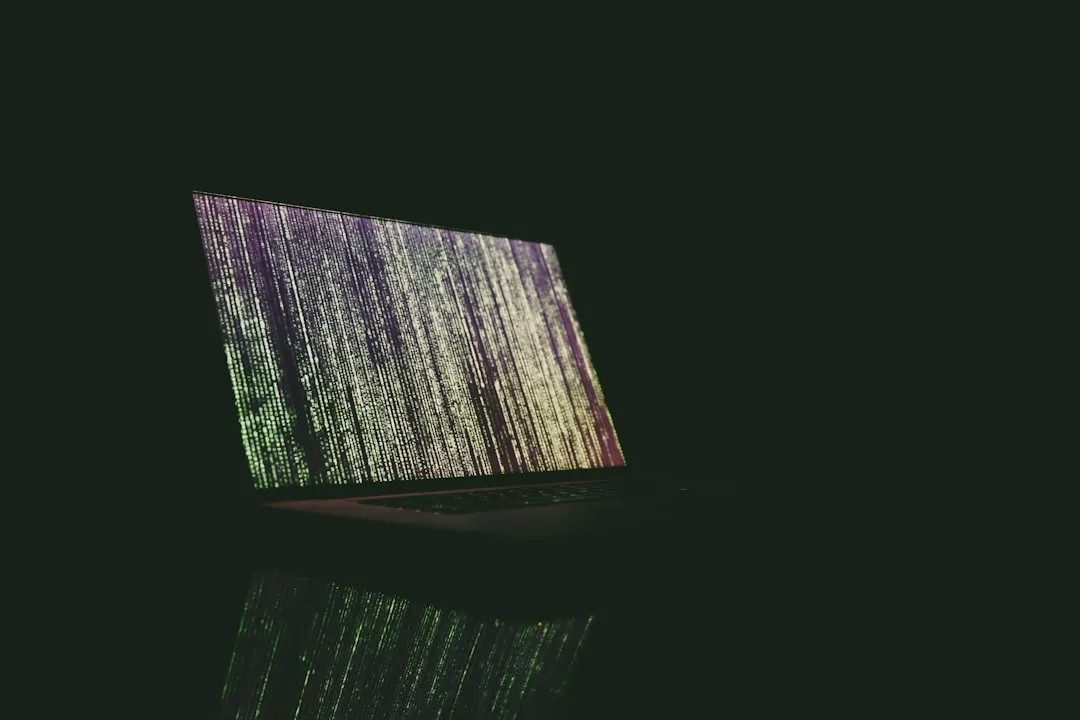
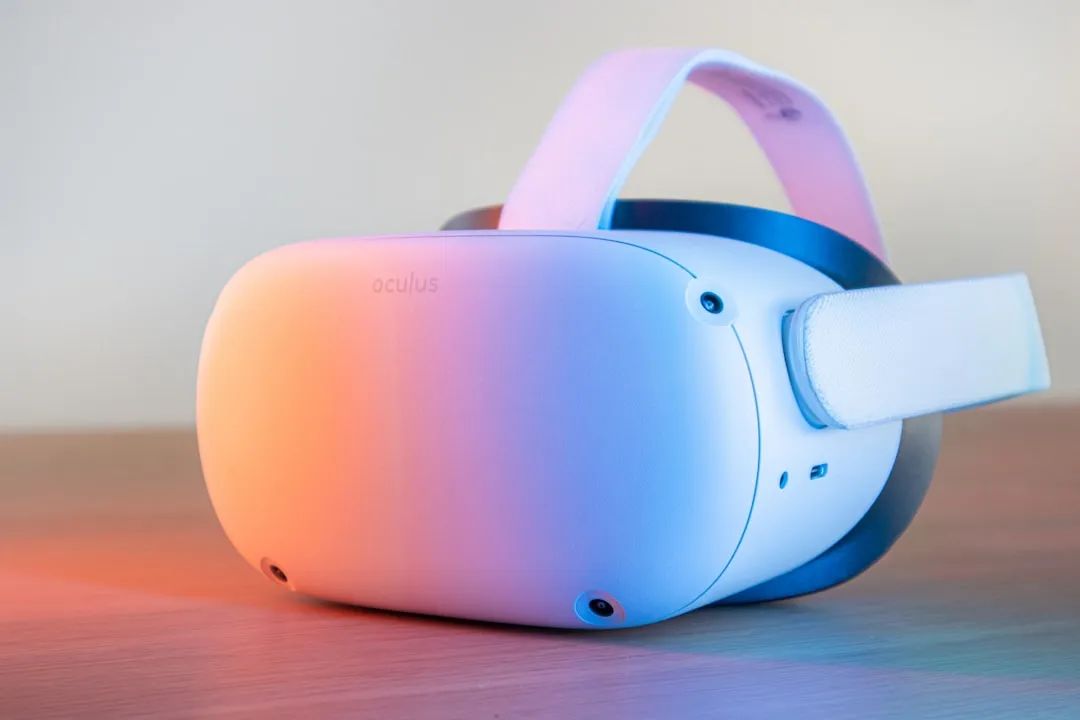
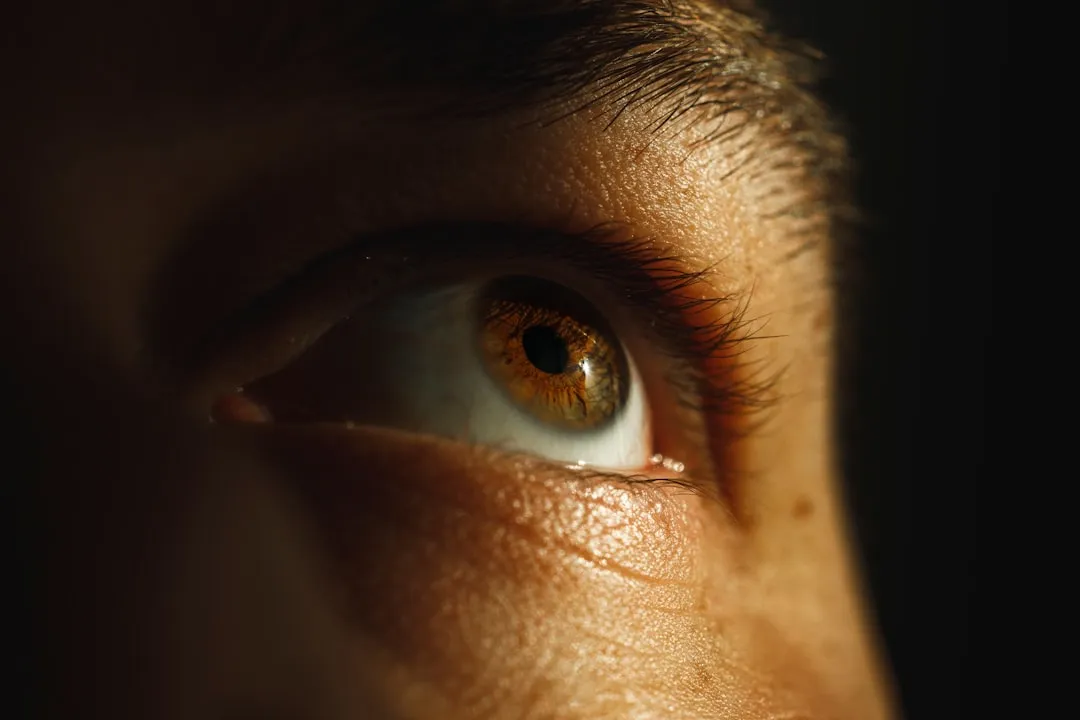
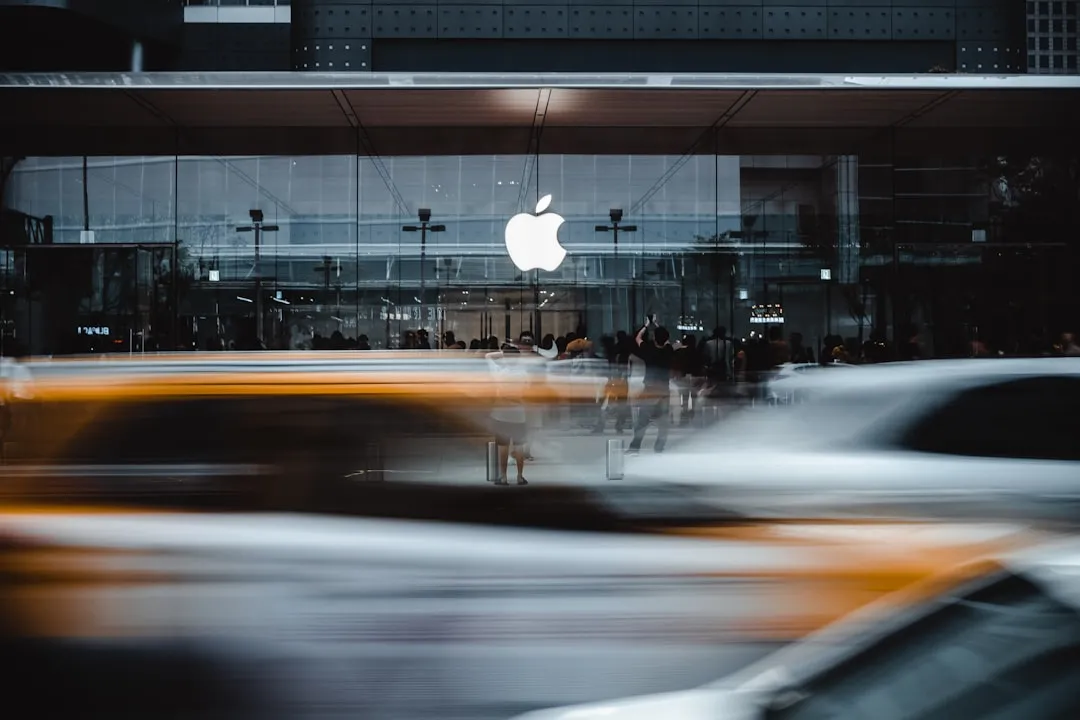
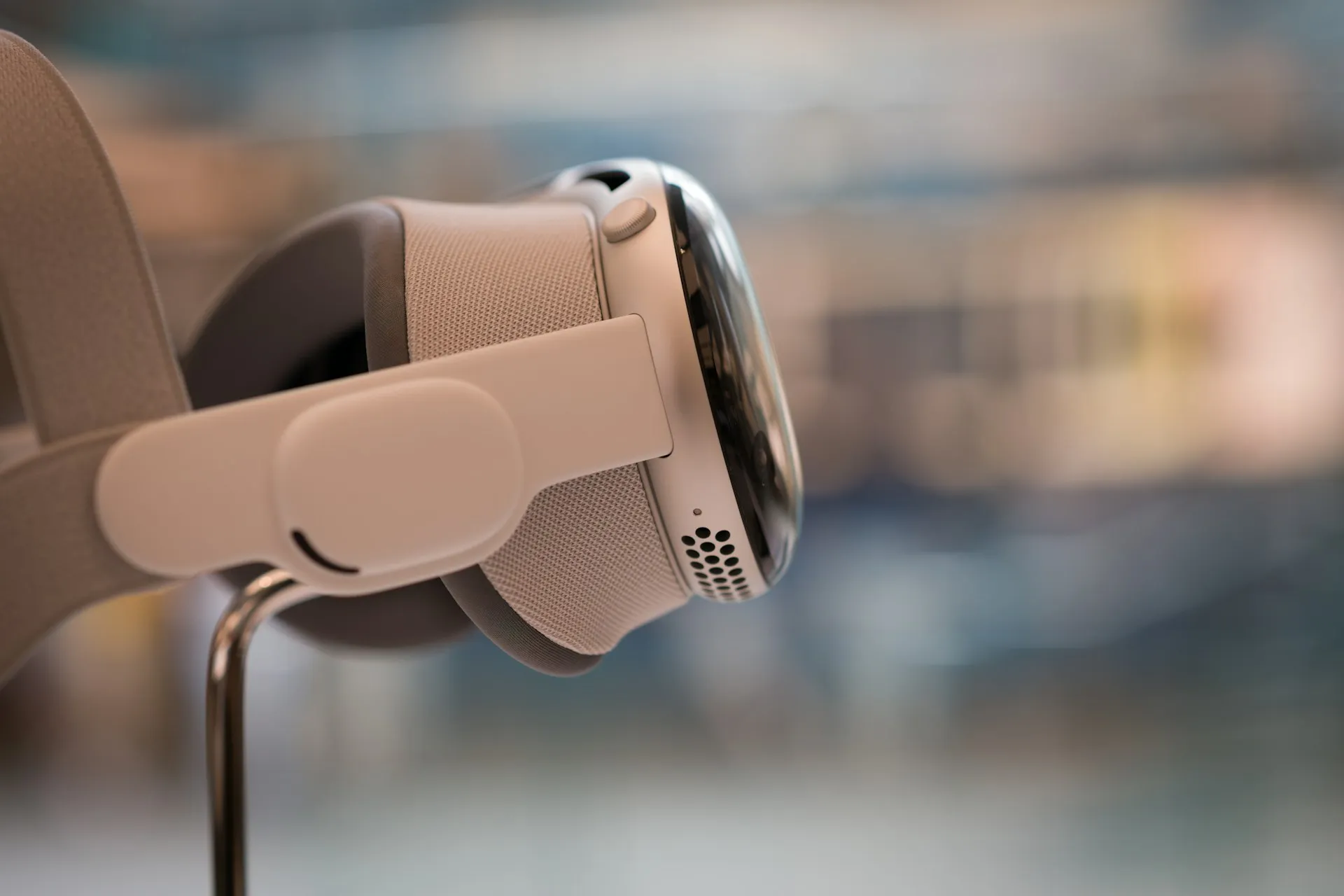
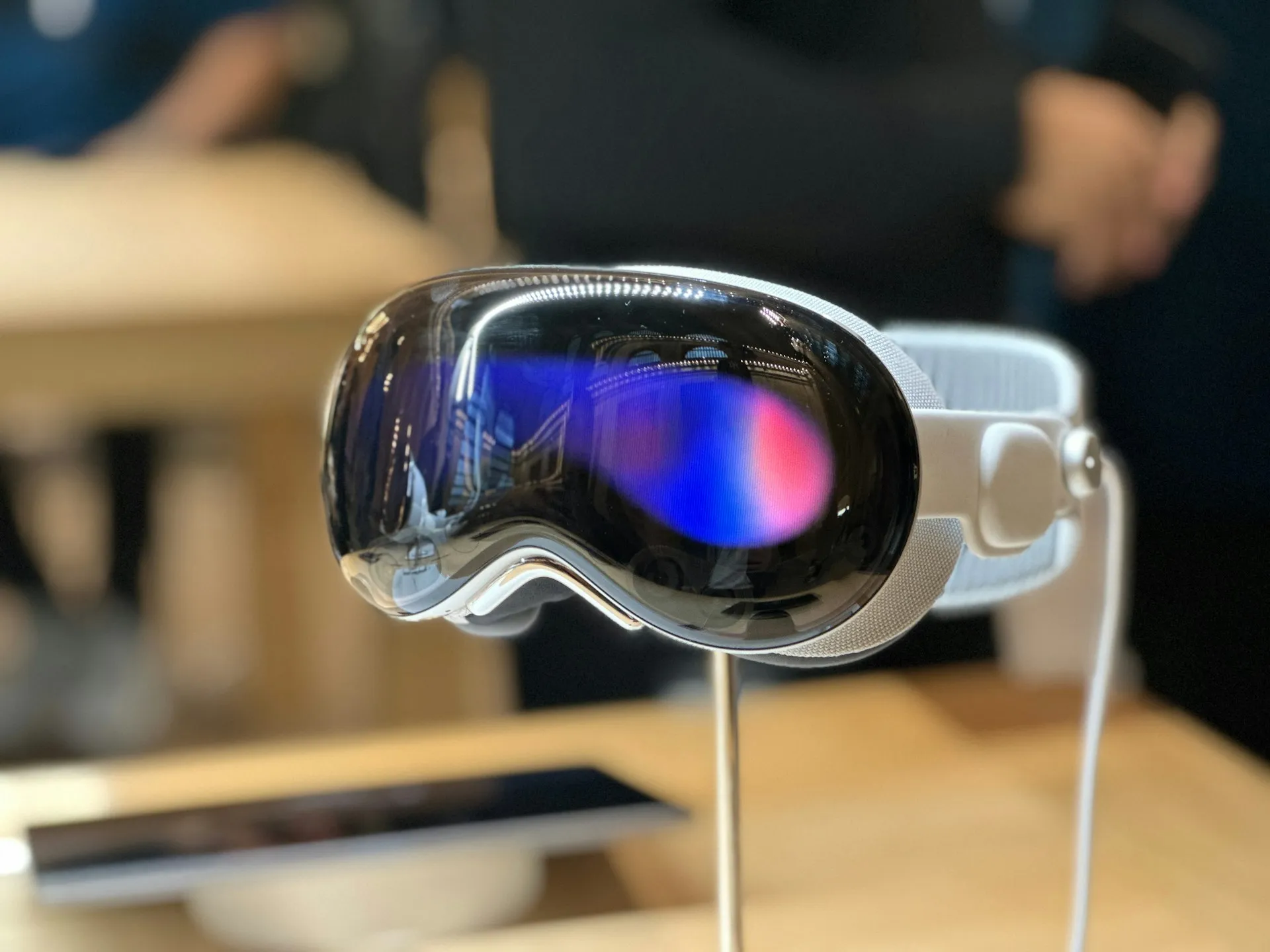
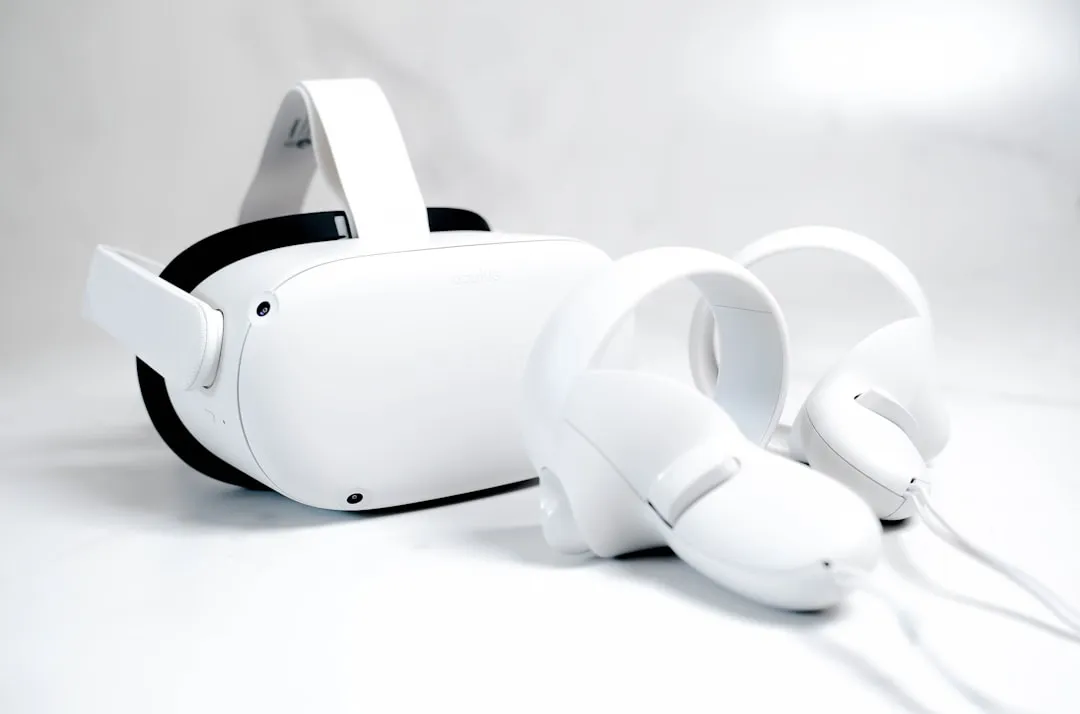
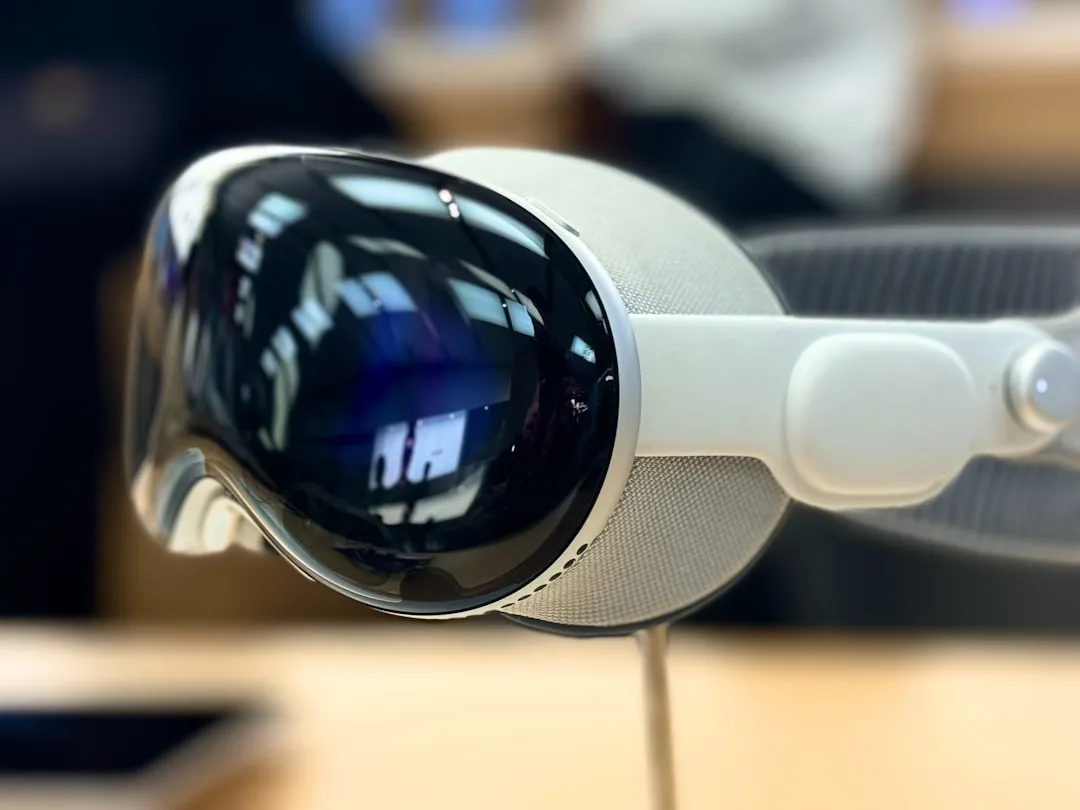
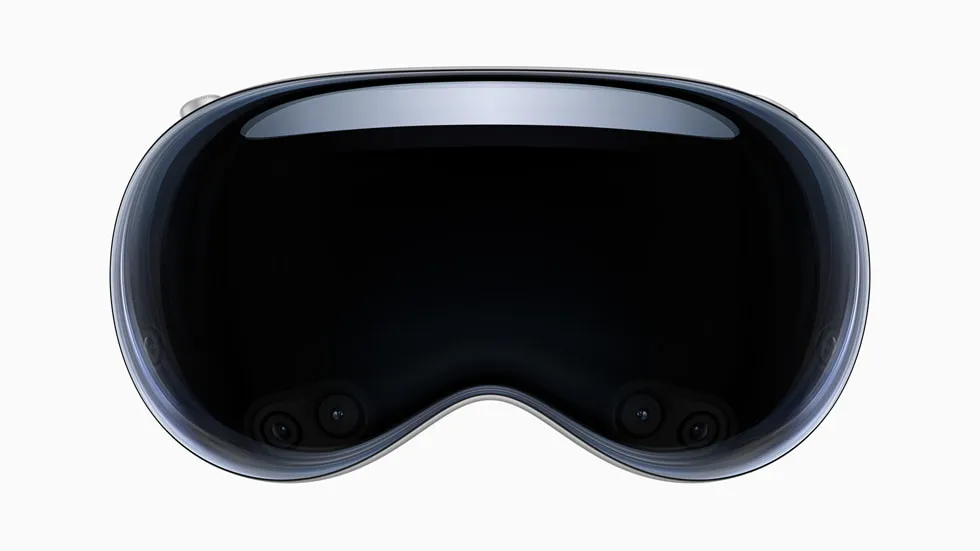
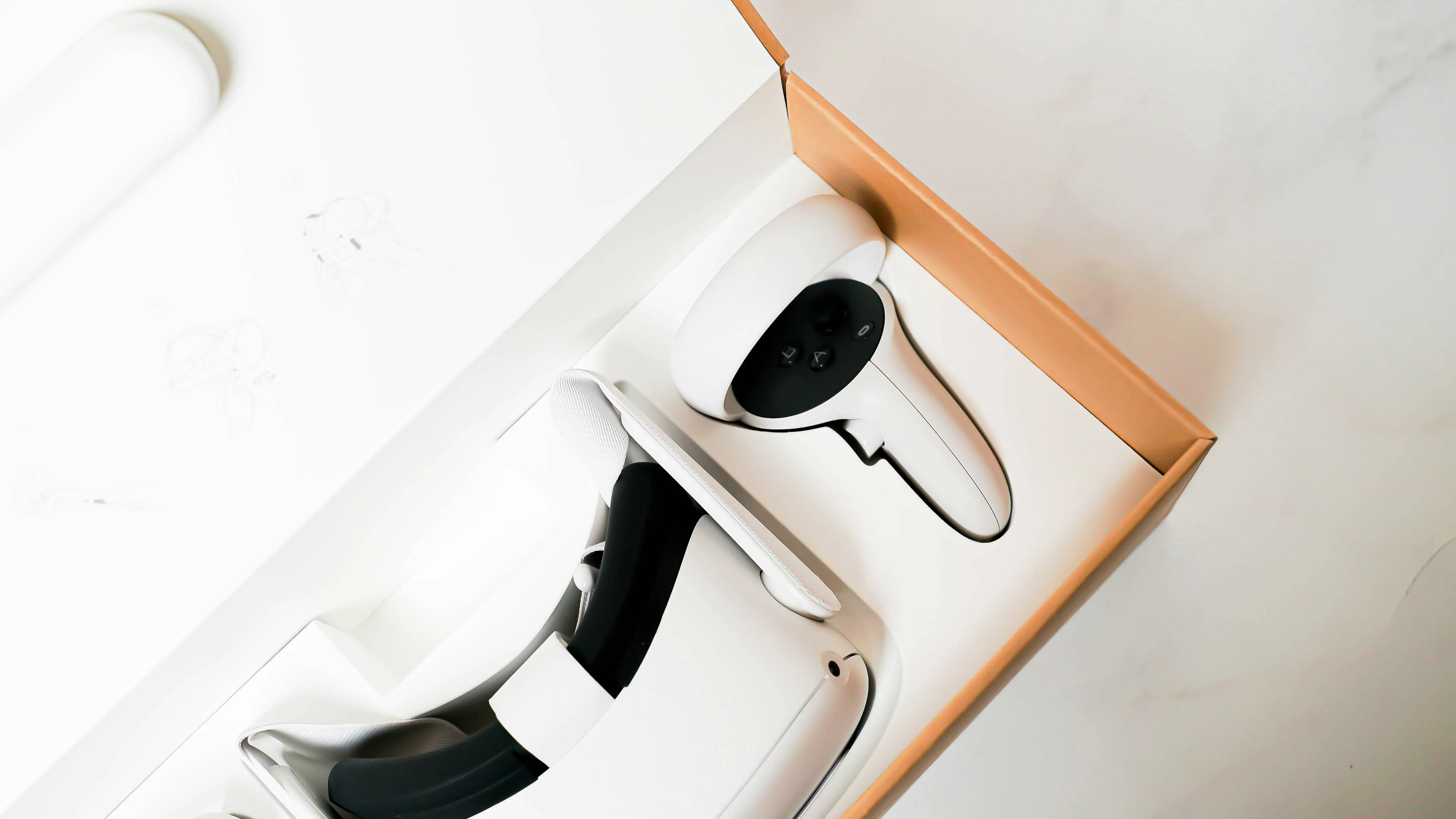
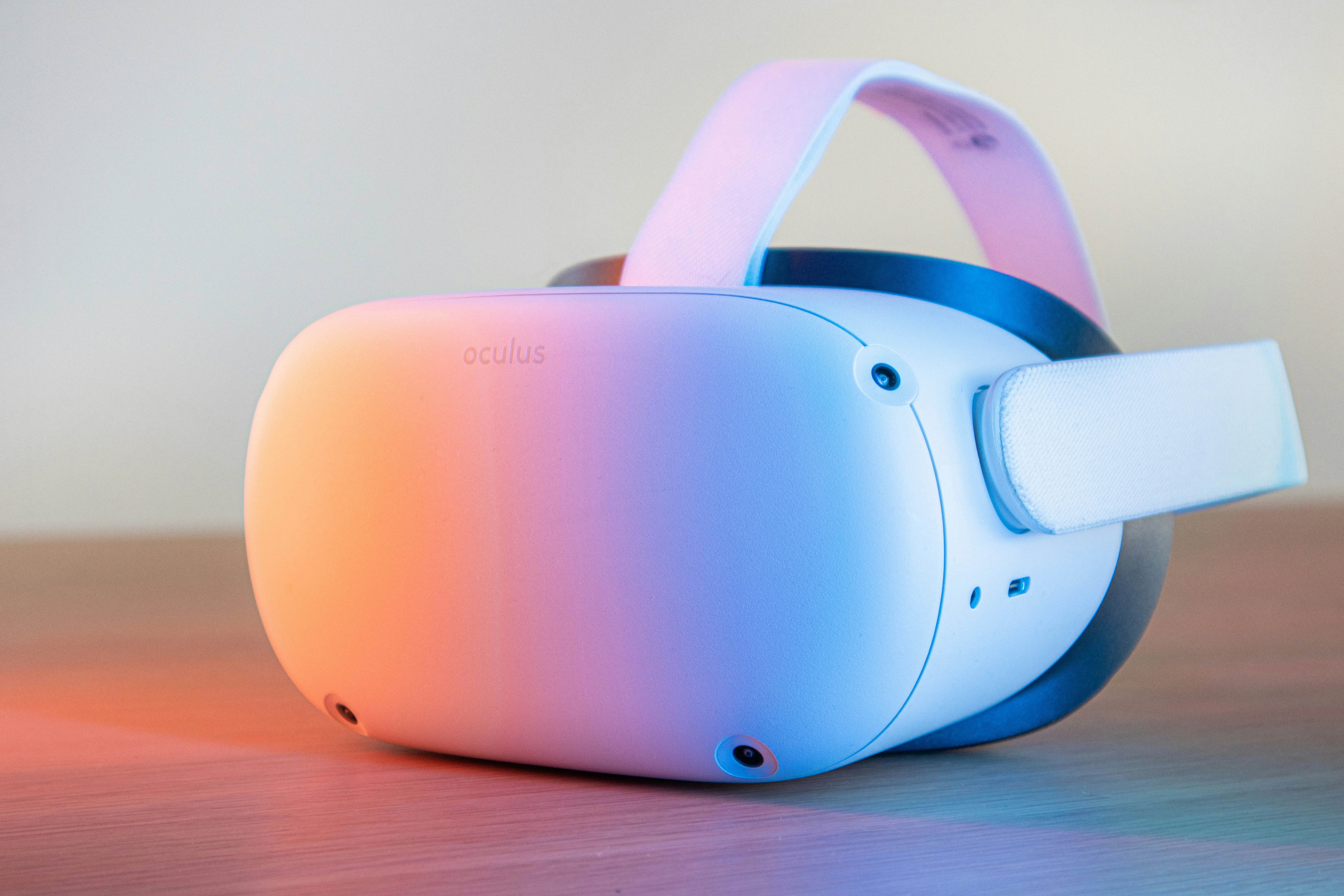









Comments
Be the first, drop a comment!